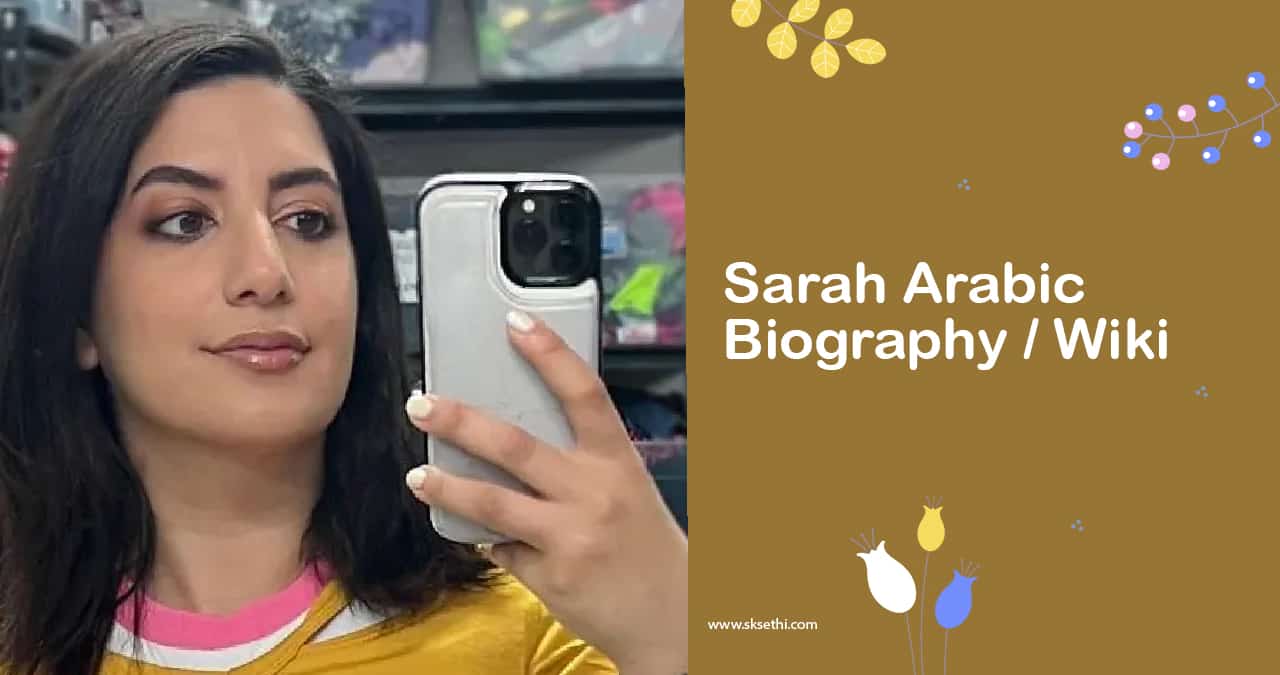Unveiling The Mystique Of Sarahabic: A Cultural And Linguistic Journey
Imagine diving into a realm where the boundaries of language, tradition, and innovation converge, creating a tapestry of cultural richness. Exploring Sarahabic is akin to embarking on an adventure that delves deep into the heart of Arab heritage. It transcends the mere act of learning a language; it is about embracing a worldview and uncovering a treasure trove of stories waiting to be discovered. Whether you're a student, traveler, or simply curious about the Arab world, this journey promises to be unforgettable.
Sarahabic, or Arabic as it is traditionally known, is not merely a collection of alphabets or grammar rules. It is a cultural phenomenon that bridges centuries of history, art, poetry, and philosophy. This is not a typical language lesson but a cultural expedition that leaves one in awe. The vibrant tapestry of life surrounding Sarahabic connects millions globally, from the bustling markets of Marrakech to the serene deserts of Dubai. Let’s explore its profound essence.
| Personal Information | Details |
|---|---|
| Language Name | Sarahabic (Arabic) |
| Region | Middle East, North Africa, and beyond |
| Speakers | Over 400 million worldwide |
| Historical Significance | Language of the Quran, cornerstone of Islamic civilization |
| Modern Usage | Business, politics, media, and pop culture |
| Reference | Encyclopedia Britannica |
What makes Sarahabic unique is its capacity to intertwine people, traditions, and the vibrancy of life. Beyond the words on a page, it is a living entity that resonates across the globe. The cultural significance of Sarahabic is profound, acting as a cornerstone of Arab identity. It permeates every aspect of life, from the calligraphy adorning mosques to the poetry that inspires generations. Festivals like Eid al-Fitr and Eid al-Adha are not just about feasting and family gatherings; they are about reconnecting with roots and traditions, using the language in prayers, greetings, and songs.
Read also:Unveiling The Multifaceted Heritage Of Kari Lake A Deep Dive Into Her Ethnic Roots
In the realm of art and music, Sarahabic reigns supreme. The famous poet Mahmoud Darwish, whose works touch millions, exemplifies the language's power. Arabic calligraphy, an art form in itself, transforms writing into beauty, balance, and harmony. The intricate designs of Islamic art and the soulful melodies of Arab music further underscore the language's omnipresence.
The structure of Sarahabic is unique, with a 28-letter alphabet that changes form depending on its position in a word. Its grammar is complex yet logical, following a system of roots and patterns. The vocabulary is rich and diverse, with words carrying multiple meanings based on context. For instance, "salam" conveys peace, harmony, safety, and well-being. Learning Sarahabic involves starting with the basics, practicing regularly, and immersing oneself in the language through media and interactions.
Historically, Sarahabic descends from ancient Semitic languages, gaining sacred status through the Quran. Its adoption across the Middle East and North Africa was driven by the rise and fall of empires, absorbing influences from various cultures. Today, it is one of the most widely spoken languages globally, with diverse dialects reflecting the Arab world's richness.
In modern usage, Sarahabic is indispensable in politics, business, and social media. Platforms like Twitter and Instagram are filled with Arabic content, from memes to news updates. The rise of Gulf economies has made Sarahabic essential for global trade and commerce. Technology has further enhanced accessibility through apps and software, ensuring the language remains relevant.
Sarahabic literature and poetry have long been cultural cornerstones. Ancient poets like Imru' al-Qais and Al-Mutanabbi, along with modern novelists like Naguib Mahfouz, have left indelible marks on the literary world. Oral traditions, stories, and fables passed down through generations preserve the wisdom and wit of the Arab people. In daily life, Sarahabic is omnipresent, from greetings like "As-salamu alaykum" to expressions like "mashallah." It is integral to food culture, whether ordering a shawarma or enjoying Arabic coffee.
In media and pop culture, Sarahabic is everywhere. Arabic films by directors like Youssef Chahine and Nadine Labaki have gained international acclaim, while artists like Amr Diab and Nancy Ajram top global charts. Social media platforms like Instagram and YouTube are rich with Arabic content, promoting the culture globally. The future of Sarahabic looks promising, with technology and globalization enhancing its role in education, business, and entertainment. As more people worldwide learn the language, it becomes a bridge connecting cultures and fostering understanding.
Read also:Hollie Strano The Digital Maven Redefining Marketing And Influence
Sarahabic is not just about acquiring new skills; it is about opening one's mind to new perspectives and experiences. Its rich cultural heritage and modern-day relevance offer something for everyone. Whether you're a student, traveler, or simply curious about the world, Sarahabic invites you to explore its magic. Take the first step today and discover where this journey might lead. The possibilities are endless, and the impact on society profound. As Sarahabic continues to evolve, it remains a testament to the shared humanity that connects us all.


